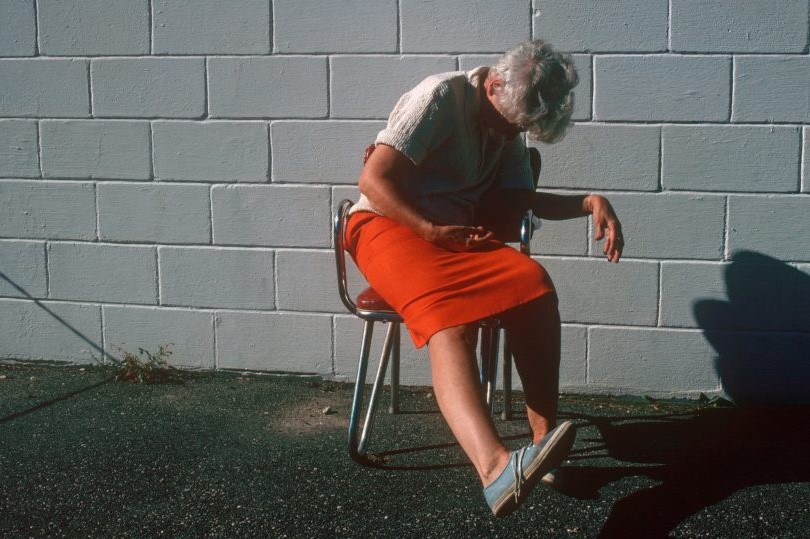
Difference between catatonia, catalepsy and cataplexy
Catatonia is a psychopathological syndrome with a dissociative basis, in which the subject’s actions become almost completely detached from rational and affective motivations, remaining locked in automatic, rigid, stereotyped attitudes that are resistant to external action
Catatonic persons generally remain stationary in statuesque attitudes, silent and as if absorbed in themselves, with eyes closed, with ‘strange’ and incoherent facial expressions, or stiffened.
Catatonia, the catatonic patient has:
- loss of motor initiative;
- insensitivity to external stimuli;
- increased muscle tone at rest;
- attitudes that are tiring to maintain over time, remaining in static ‘statue-like’ postures for a long time;
- ecopraxia: the automatic imitation of acts that are seen to be performed;
- echolalia: the echoic repetition of the last words heard uttered by others;
- waxen flexibility: the possibility of forcing the subject to assume even uncomfortable physical positions for a certain period of time, as if they were wax statues;
- automatic obedience to even nonsensical, absurd and/or humiliating commands (e.g. a catatonic could drink his own urine if asked to do so);
- hypokinesia: marked decrease in movements;
- akinesia: total blockage of movements;
- stupor: lack of critical cognitive function combined with a level of consciousness that leads to the patient’s partial or total inability to respond to basic stimuli, such as pain;
- mannerism: the use of hyperbolic, overloaded and unnatural facial and body mimicry;
- mutacism: difficulty on the part of the sufferer in pronouncing labial consonants;
- uninterrupted repetition of sentences (‘broken record’).
They react antagonistically (negativism) to the behaviour of those around them, e.g. by refusing food, only to eat spontaneously when they see themselves alone, or by strenuously resisting body movements.
Even the stimuli of organic functions are actively resisted: the sick do not eat although they are hungry; they forcibly withhold faeces and urine and so on.
In the course of catatonia, a tendency towards passivity can also manifest itself, reaching catalepsy.
Catalepsy is a condition characterised by psychomotor disturbances such as:
- rigidity of the body, especially of the extremities (arms and legs);
- reduced sensitivity to pain;
- waxy flexibility.
Catalepsy (or ‘catalepsy’) is typically found in catatonia, in patients with schizophrenia and with manic-depressive neurosis.
Catalepsy is also observed in the symptom picture of Parkinson’s disease, epilepsy and certain sleep disorders, such as the ‘Gélineau syndrome’ in which catalepsy is associated with narcolepsy.
It can also occur in completely healthy patients as a response to extreme traumatic shock.
It can therefore be considered one of the many symptoms of catatonia, but it can also occur in patients who are NOT catatonic: a catatonic has catalepsy but someone who has catalepsy is not necessarily catatonic.
Cataplexy
Cataplexy is a generally temporary disorder that causes a loss of muscle tone usually triggered by strong emotions such as crying, laughter, joy, etc. and their memory or occurs randomly during the day.
It can affect completely healthy people who have never had a seizure before in their lives.
Cataplexy can cause a mild and temporary weakness in the subject with limb failure that usually lasts a few seconds, but it can also cause complete muscle atony that can last up to 30 minutes or more and give the illusion that the patient has even died.
During the cataplectic episode, the patient remains fully conscious of what is happening.
The causes of this disorder are unknown, although it is thought to be caused by a dysfunction of the sleep-wake functions: in fact, when this disorder occurs, the body is as if it were sleeping while the mind is in a waking state.
Cataplexy has a shorter duration than catalepsy, and an extremely shorter duration than catatonia.
Contrary to what generally occurs in catatonia and catalepsy, the patient with cataplexy – at the end of the attack – reports having remained alert for the entire duration of the crisis and returns to full motor capacity more quickly on average.
Although the causes of any of the three conditions are not precisely known, generally catalepsy is the result of a much more traumatic emotional shock, whereas cataplexy results from a milder emotion.
Cataplexy can occur in healthy individuals, while catatonia and catalepsy preferably occur as manifestations of a psychiatric or neurological illness.
Read Also:
Emergency Live Even More…Live: Download The New Free App Of Your Newspaper For IOS And Android
State Of Minimally Consciousness: Evolution, Awakening, Rehabilitation
Glasgow Coma Scale (GCS): How Is A Score Assessed?
Paediatrics, What Is PANDAS? Causes, Characteristics, Diagnosis And Treatment
Pain Management In The Paediatric Patient: How To Approach The Injured Or Aching Children?
Pericarditis In Children: Peculiarities And Differences From That Of Adults
In-Hospital Cardiac Arrest: Mechanical Chest Compression Devices May Improve Patient Outcome
Stress And Distress During Pregnancy: How To Protect Both Mother And Child
Chronic Pain And Psychotherapy: The ACT Model Is Most Effective
Heinz Prechtl: The Concept Of Optimality And The Five States Of Consciousness Of The Infant


